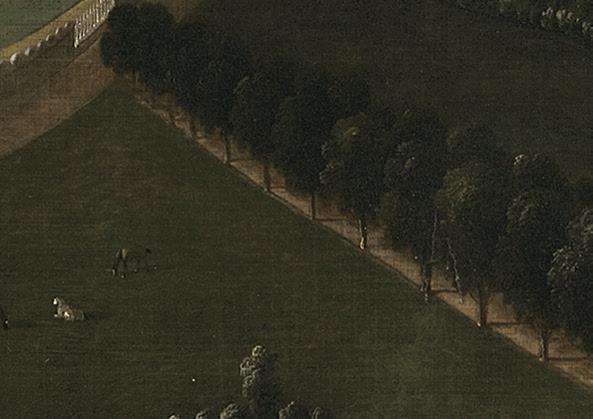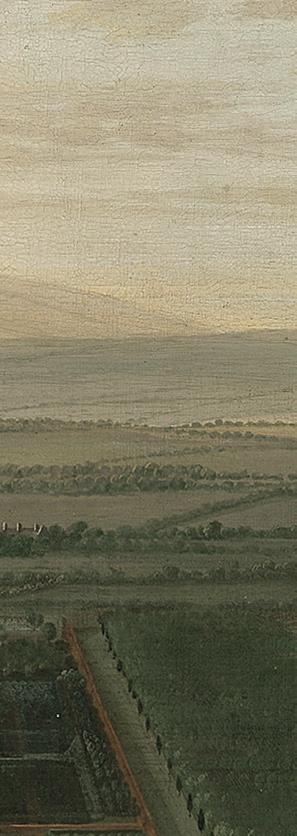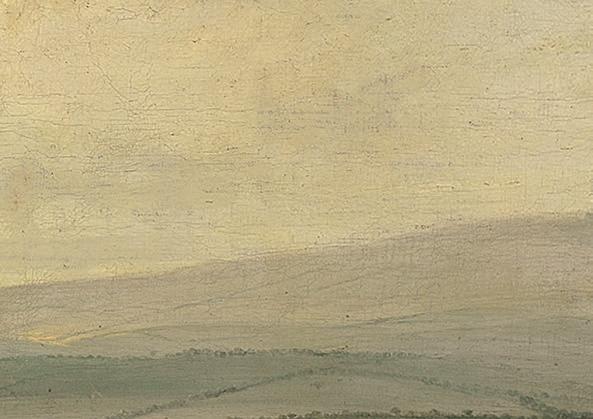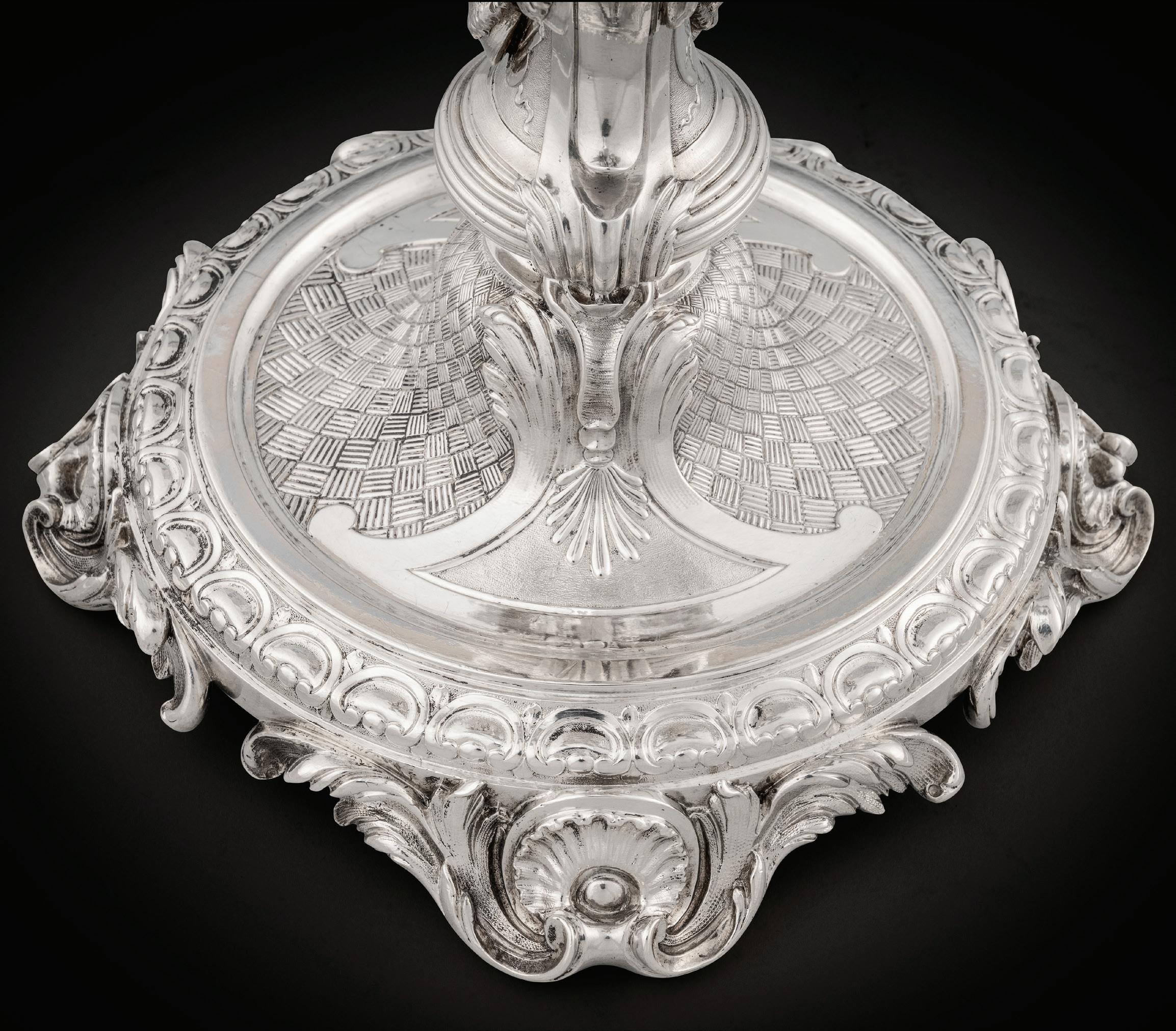
2 minute read
Dining in Ireland
On 1st July 1747, the Lord Chancellor of Ireland, Robert Jocelyn (c.1688-1756) hosted a dinner at his Dublin home in St Stephen’s Green to celebrate the anniversary of William III’s victory of the battle of the Boyne in 1690. Jocelyn entertained twelve peers of the realm with a menu consisting of more than forty separate dishes including badger flambé and fricassé of frogs. This information is recorded in Jocelyn’s dinner book that covers the years from 1740 to 1751 and includes table layouts and names of visitors. Amongst invited guests were the Earls of Bessborough and Kildare, the archbishop of Armagh and the Lord Mayor of Dublin. Such sophisticated feasting commanded a battalion of vessels in glass, silver and ceramics and the requisite silver cutlery all supported by linen napery. Contemporary inventories of great Irish households reveal the extent of such supplies; the 1818 inventory of Carton, the Kildare family home outside Maynooth, lists a Staffordshire dinner service and a French china service, the Steward’s Room housed some silver including ‘4 Silver candlesticks’, the Glass Pantry contained cut glass decanters and wine dinner glasses, there were linen damasks including those associated with the Dublin house which the family sold in 1815. One pile of heraldic table linen is listed as Cromaboo; the war-cry which became the Kildare family motto and translates as ‘Crom for ever’ referring to their previous property, Croom Castle, Co. Limerick. Jocelyn’s menu reflects French influence both in the ingredients used and the desire to impress by serving rare, unmentionable or wild food in spectacular vessels. Service à la française meant that guests helped themselves to selected dishes. Such entertainments hosted by the elite Anglican ascendancy in Ireland competed with those given at Dublin Castle by the Viceroy, King George II’s representative, where State Dinners often consisted of thirty-four dishes and six removes with fourteen dishes of sweetmeats. Dining usually commenced at 3 p.m. and lasted for several hours. In winter, the room was lit with bees’ wax candles strategically placed in multi-branched candelabra which remained on the table throughout the meal. Like Jocelyn, many of his distinguished guests had great country houses in which they entertained lavishly and returned the Lord Chancellor’s hospitality. e d M und Joyce is lecturer at South East Technological University, Carlow. Since completing his M a in Historic House Studies at Maynooth University, he has published extensively on a wide range of topics relating to material culture and architectural history. His book, Borris House and Elite Regency Patronage was published in 2013. nven T ories of four T een grea T Irish country houses, three Dublin town houses and one London town house yield remarkable insights into the lifestyle of leading families across Ireland and the households that supported them.
Corpus Christi College, University of Oxford. He trained as paintings conservator at the Tate Gallery and has practised as an artist and designer of historic interiors. His latest book, Birds, Bugs and Butterflies: Lady Betty Cobbe’s ‘Peacock’ China was published in 2019.
Advertisement



John a da M son fsa has been publishing highly illustrated books in the decorative arts for more than twenty years.
With startling directness, they record in detail the goods and chattels inherited, accumulated, or acquired for enjoyment or everyday use.
Two eight-page colour sections feature likenesses of most of the owners or householders of the properties at the time, including portraits by Pompeo Batoni, Michael Dahl, Thomas Gainsborough, Godfrey Kneller, Thomas Lawrence, Joshua

AJohn Adamson c a M bridge johnadamsonbooks.com









